.jpg)
To start off on a colourful note, The Dahlias that were started off as tubers are flying away now and will keep providing blooms up until the last frost. The begonia’s are also filling up their containers, It’s important with both Dahlias and begonias that you take off the flowers. This is commonly called dead heading. This allows the plants to keep producing and keep rewarding you with a summer of colour in the garden. Feed the flowers as they grow and this will help to keep the plants healthy as well as ensuring that the flowers keep producing and brightening up the garden and your home.
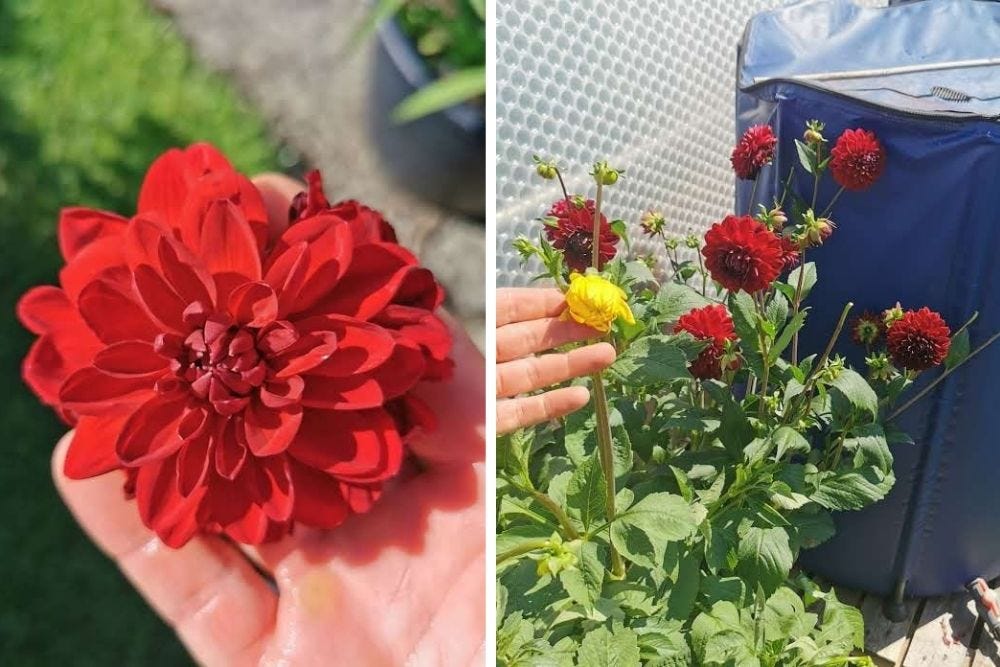
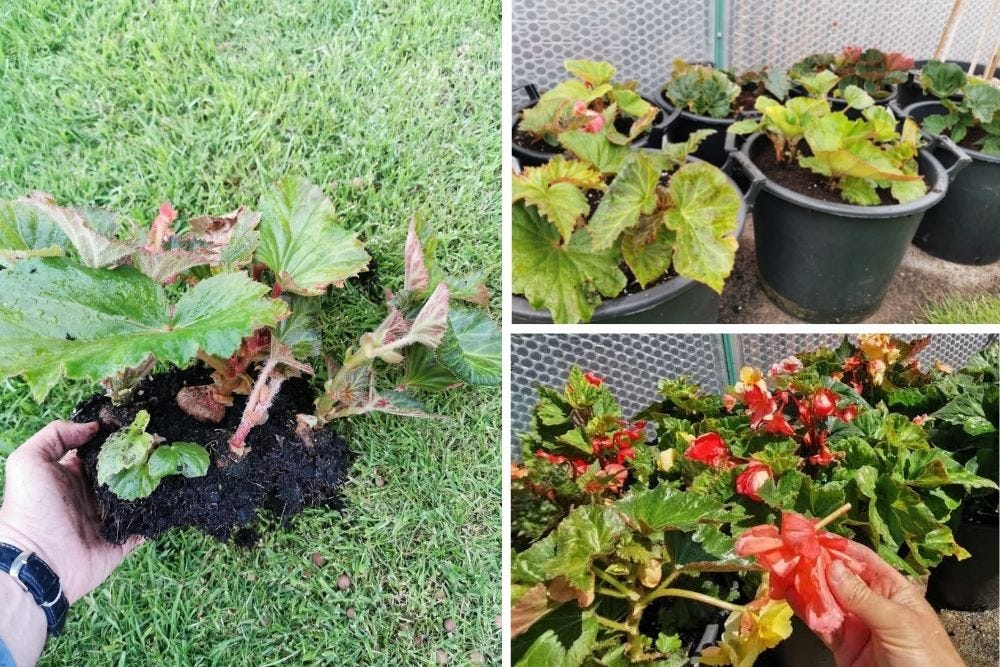
In the June edition, we mentioned that we would focus on tomatoes this time around. Below, are a number of ways we are growing our tomatoes this year.
Tomatoes
We are growing a number of different varieties of kitchen garden tomatoes this year. It’s amazing how colourful they are. A number of seeds were kindly sent over by a grower in Denmark and some are really unique creations.
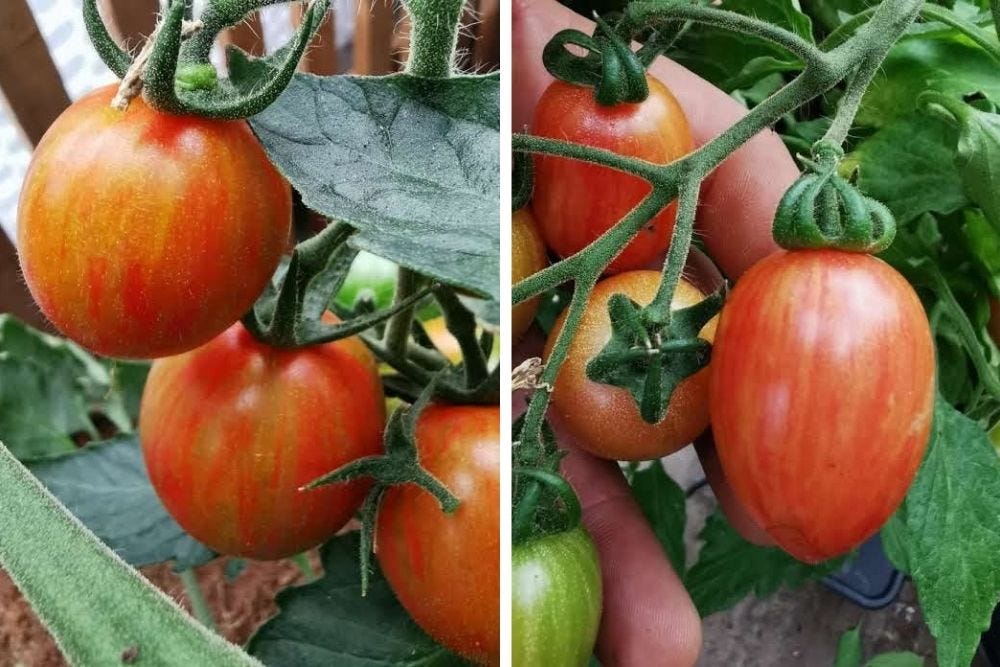
There’s 6 different ways that we are growing tomatoes this year:
- Firstly, in Dalefoot’s Sheepswool compost. This is a peat free growing medium which grows a tomato plant and fruit without the need for feed. The tomatoes are growing in a 30-litre container and have a tray at the base to allow moisture to absorb from the base and this helps to create a stronger more resilient plant. I love the colour on this tomato. It’s too pretty to pick.
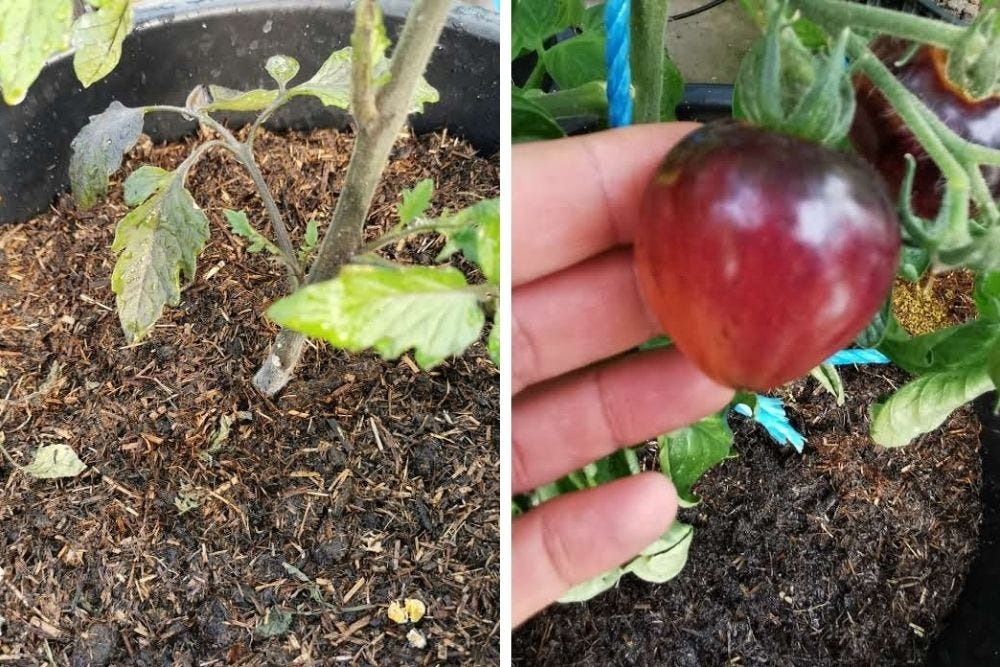
- The second is a system called the Greenman system. This is a hydroponic system. This is a deep water culture system with an air stone to provide oxygenation to the water as well as a dripper to provide nutrients and moisture to the root structure of the plant. The tomato growing in this system is already almost 2 metres tall. Within this system, we keep the PH of the water at around 5.8 to 6.2 and top up the 18-litre reservoir under the plant with a nutrient that has an EC of between 1.4 to start and 2.8 when the fruit has formed. This has helped to create a really strong, healthy and sturdy plant
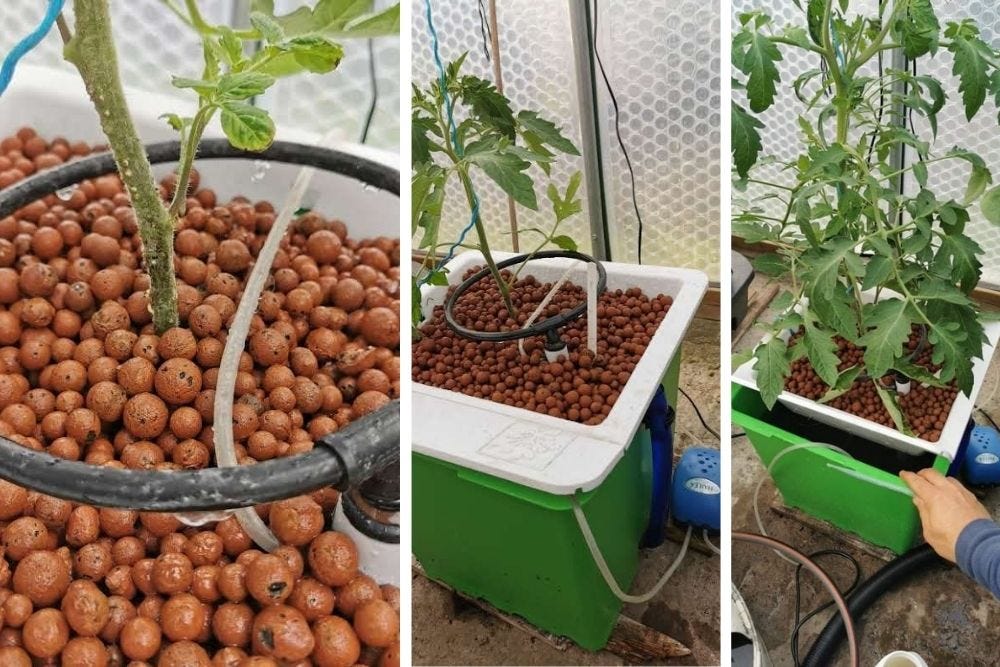
- The third is the Quadgrow – The Quadgrow automatically waters plants, keeping soil at the perfect moisture level, never too dry or waterlogged. Perfect moisture means roots have better access to oxygen which fuels faster growth and bigger harvests. This system is linked to a 250-litre reservoir which has Nutrigrow added. At the start the plants have 3ml of nutrient per litre of water and this rises to 6ml per litre as the plants start producing fruits. Each Quadgrow has a cistern type valve to allow nutrient to fill up the reservoir so that the plants never dry out. Each pot has a capillary mat to allow moisture to track right into the middle of the pot. It’s a great system and is designed and manufactured in the UK
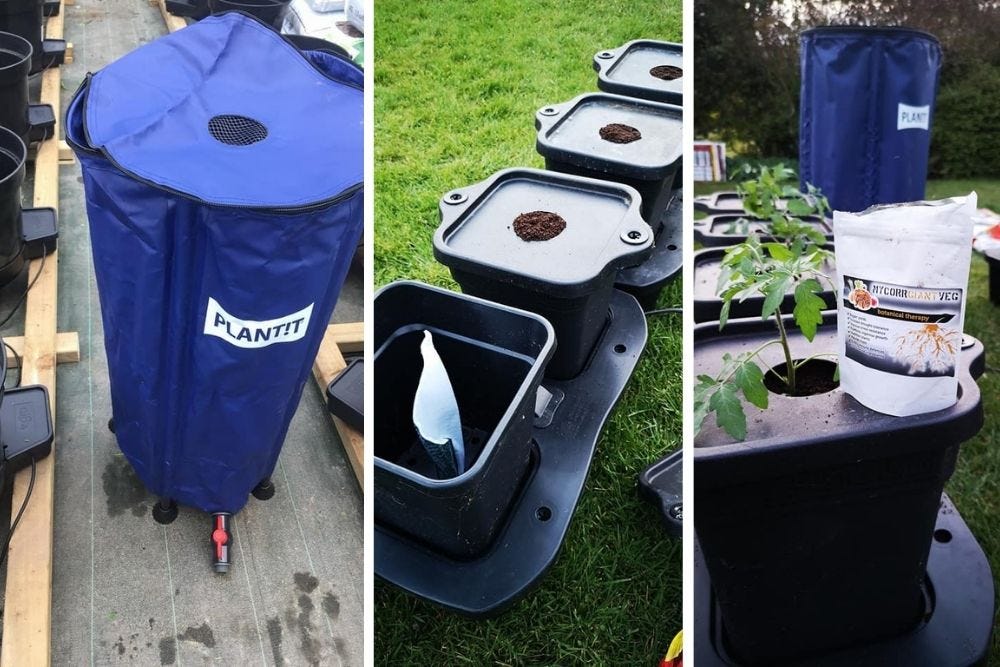
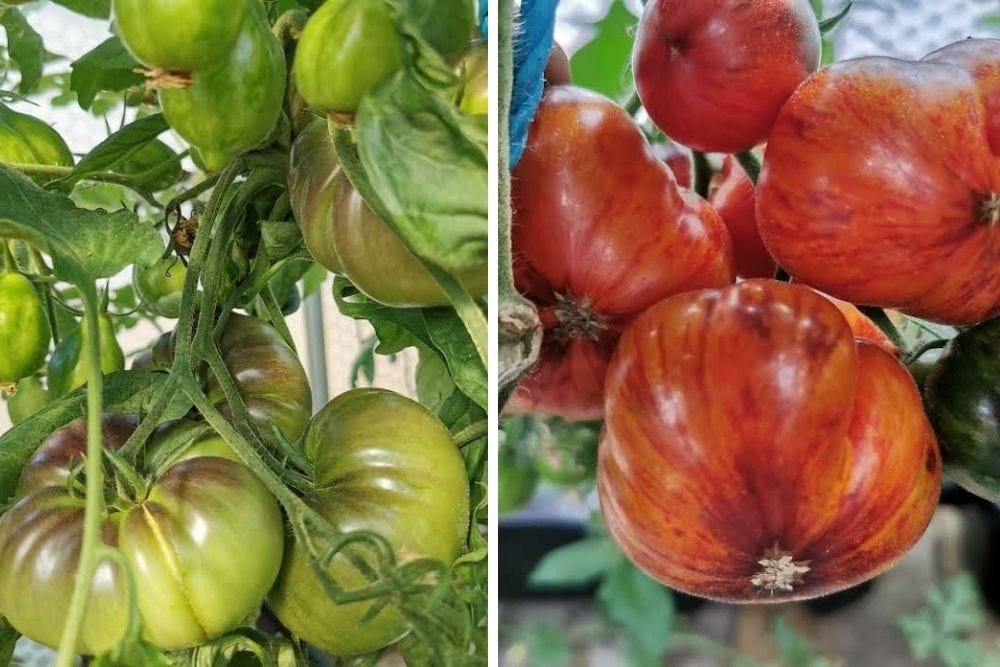
- The fourth method is Go Gro. This is a gravity-fed self-watering system. Plants inside the 25-litre pots are growing in Coir (recycled coconut husks). This has no nutrient and is fed by a 450-litre reservoir. This is a really easy system to use and other than twisting the tomato vines around the string, is virtually maintenance-free. You simply add nutrient into a reservoir, check the PH is between 5.8 and 6.2 and the EC is around 1.2 to start and rise to 2.8 when fruiting. In the system, we are using Vitalink Coir Max A and B and this provides the perfect formula for healthy plants and plenty of fruits. We use measuring tools from a company in New Zealand called BlueLab and these tools ensure are very reliable and provide us with both PH and EC readings.
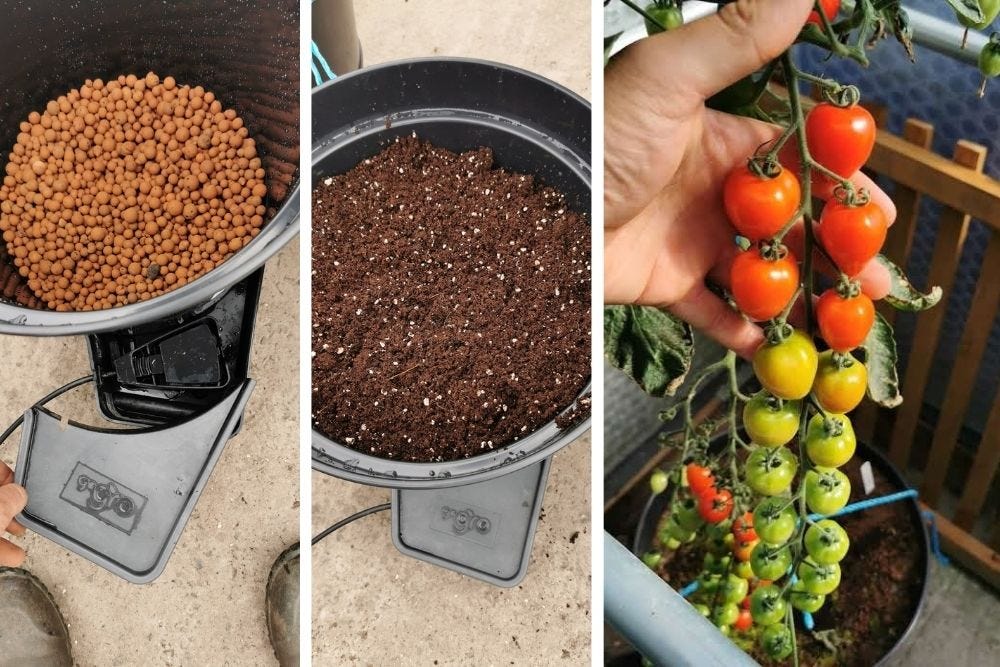
- The fifth system is the Vivigrow. The eco-friendly Vivigrow Planter has a positive impact on the environment by re-using water as it pumps oxygen-rich water around the roots for up to 3-4 weeks at a time. This in turn means huge harvests - tomatoes with significant amounts of trusses. In this container, we are using our recently developed super trusser tomato. It’s amazing being able to go out and pick them ripe from the vines. We simply add Nutrigrow to the reservoir at 6ml per litre and the low energy pump circulates the water over the roots. It’s that good that you can go away for the week without having to worry about the plants drying out and you can come back and munch on the ripe tomatoes.
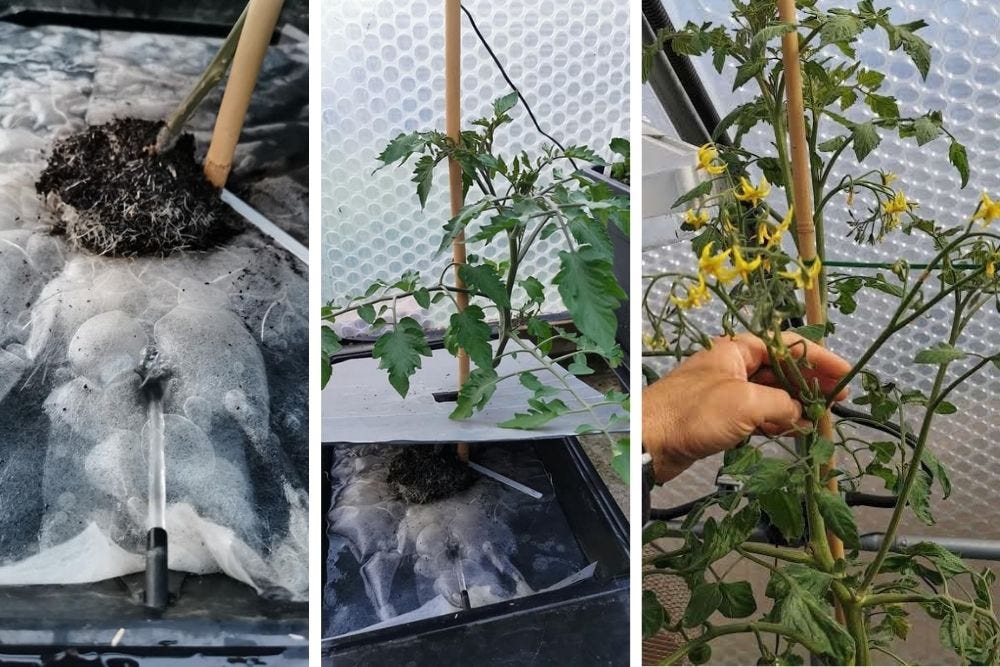
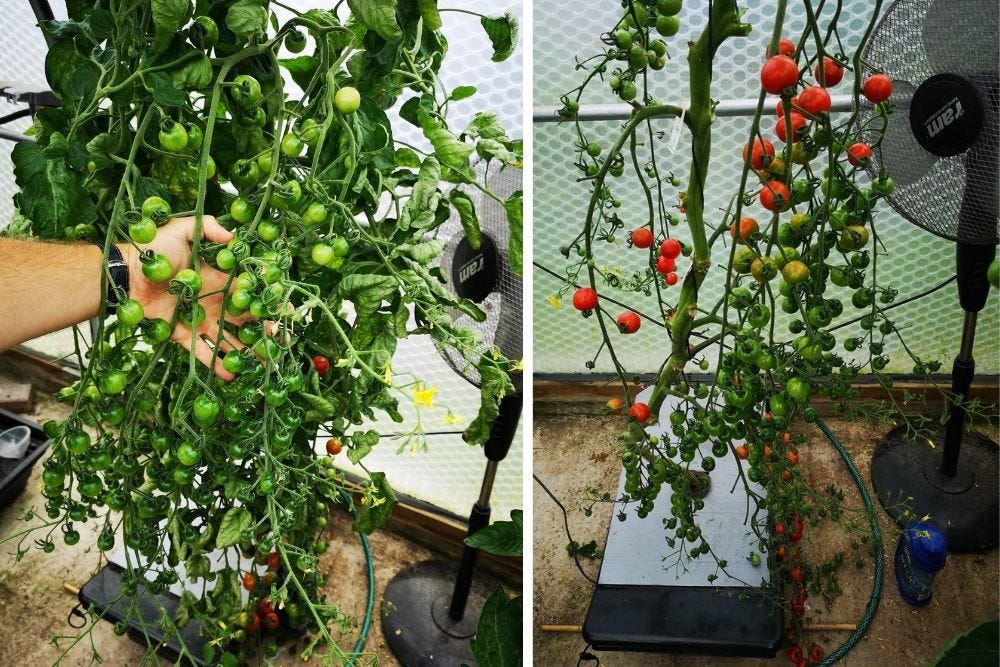
- And the last is in soil – This is perhaps the most labour intensive as the plants need to be monitored more regularly. The soil has been nourished with well-rotted manure as well as Vitax Q4 which is an all-round fertiliser. On each watering we have used the Vitax tomato feed and this is helping to produce a fairly large tomato. Growing in soil, we have used a system from BlueLab which is called a pulse meter. At the click of a button it will tell you the moisture content of the soil, the nutrient content of the soil as well as the temperature of the soil. This is simply controlled by an app on your phone with automated data collection and measurement comparison. This device works across a wide range of growing media including soil, coco coir, potting mix and nutrient solution. A brilliant machine that has helped to develop strong, healthy plants.
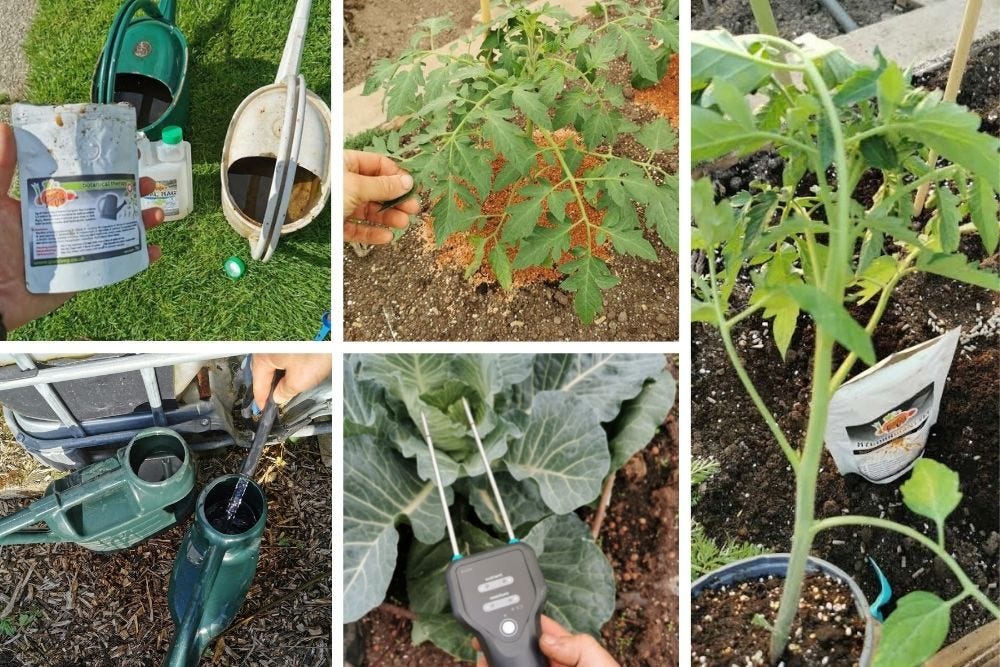
An easy way to develop more plants is to take cuttings from the side shoots. Tomatoes are generally grown on a cordon and all side shoots are removed. We dipped our tomatoes in mycorrgiantveg which is a rooting inoculant and have recently planted out the rooted cuttings. These will hopefully produce some later Giant Tomatoes.
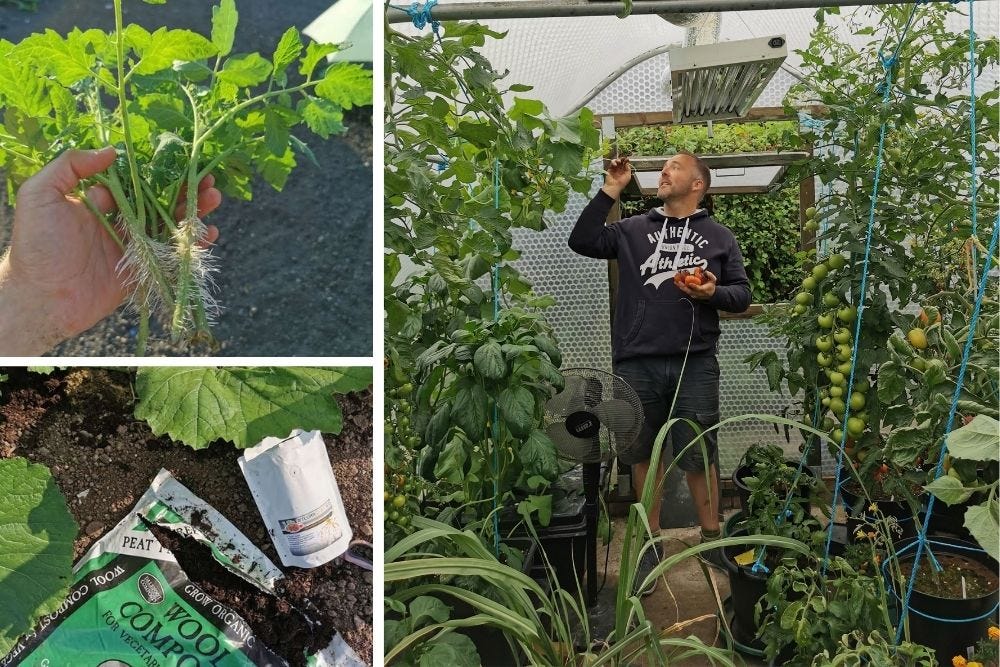
When we are growing Giant Tomatoes, we always look for the megabloom and this is a cluster of tomatoes. These are difficult to pollinate and we rely on a tool to assist us. This is infact, a back massager and this replicates a bee on the fruit and helps to disperse the pollen over the flower to aid pollinating the mega fruit.
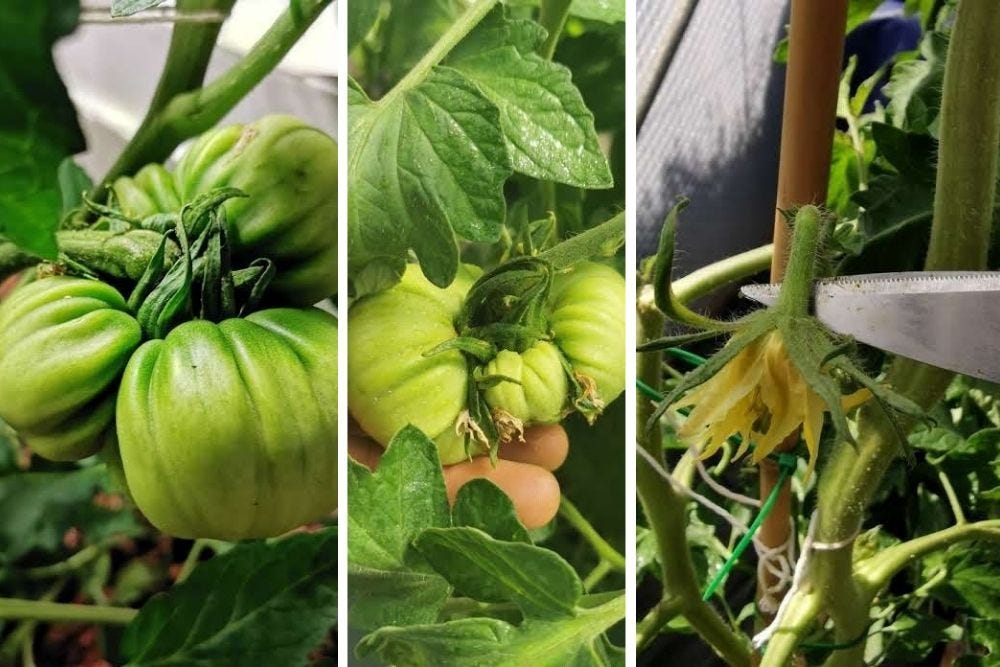
There’s a variety of methods you can adopt to growing tomatoes and hopefully, this has given you an insight into the ones that we have experimented with.
Marrows
The Giant Marrows are racing away now. Each plant has been mulched with Dalefoot compost around the base of the plant as well as the growing vine and this provides a slow-release nitrogen to the plants as well as potash which is essential for fruit formation and development. It also helps to retain the moisture and has worked wonders during the recent heatwave.
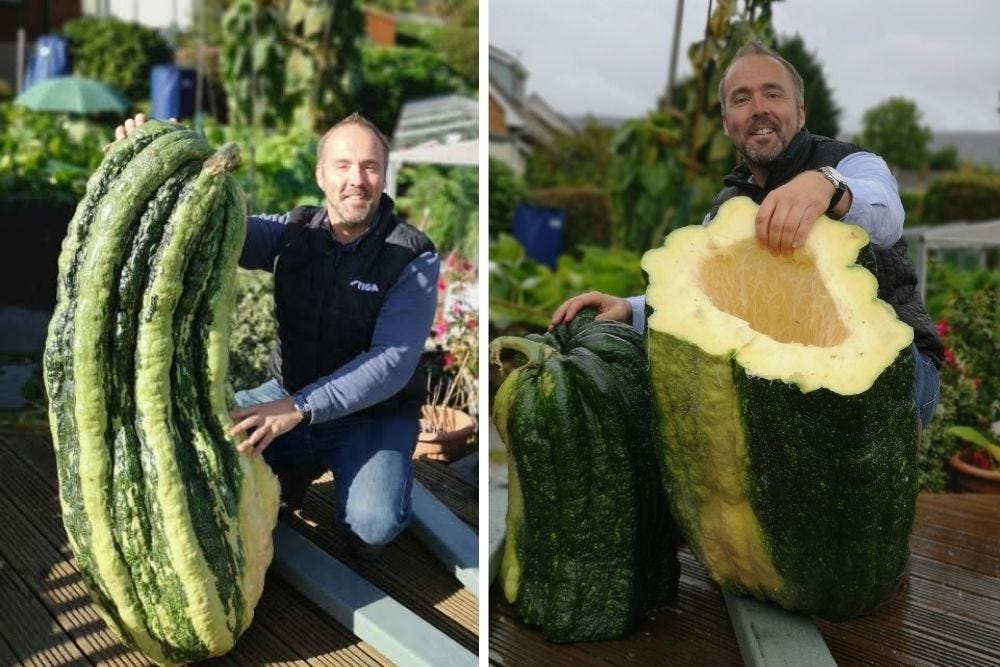
We recently pulled out the STIGA SRC 550 RB which is a really versatile machine. This was used to firstly, reduce weed growth and secondly to provide the plants with more oxygen in the soil and greater ability for increased root development.
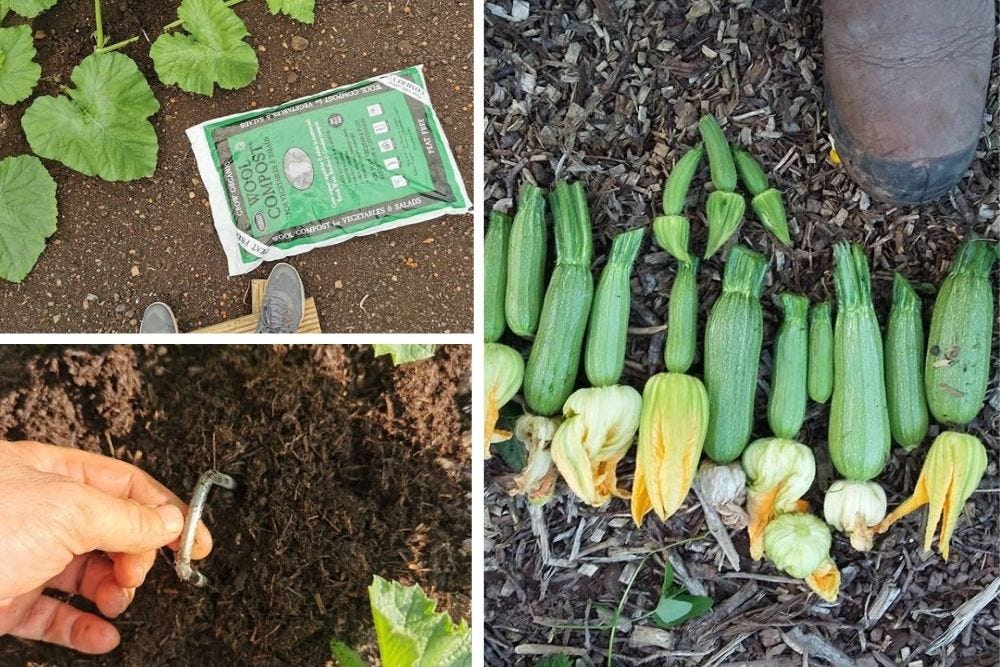
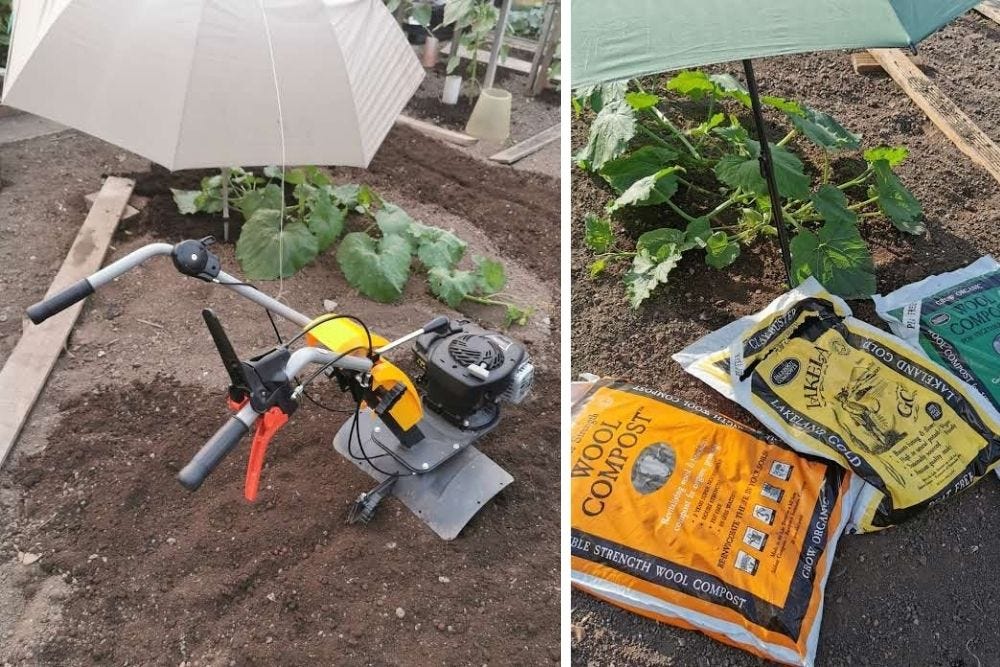
The fishing umbrella’s are used to shelter the main root from excess moisture and to allow controlled watering of the plant. When the plants reach just over 4 metres, we will aim to pollinate the fruit. Below is a simple pictorial guide on how to successfully pollinate the fruits. We carry this out early in the morning when the bees are less active and the pollination can then be controlled to ensure that we keep the genetics from the plants stable.
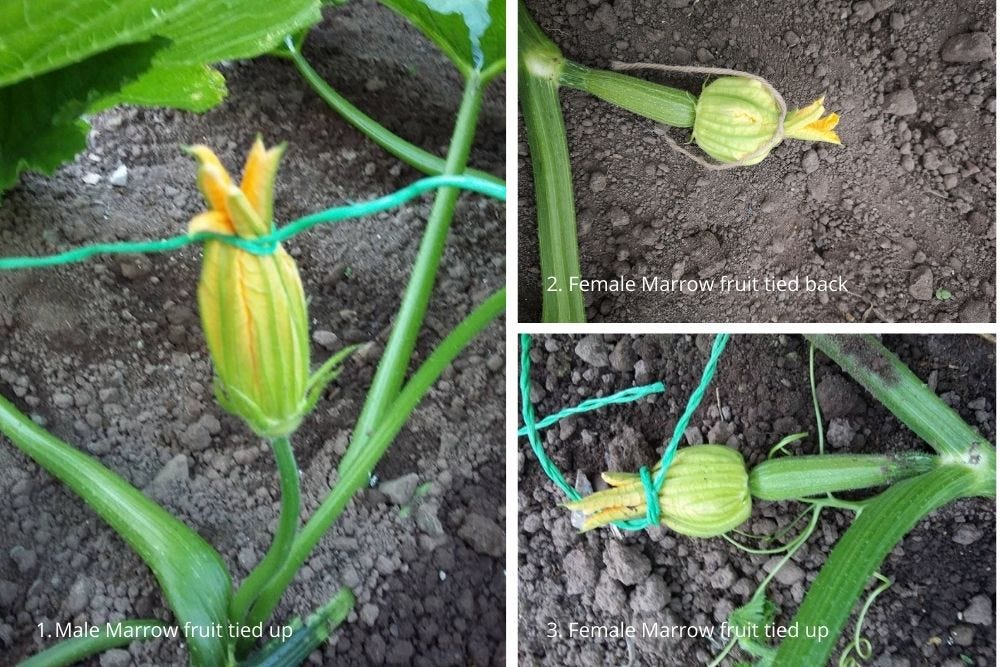
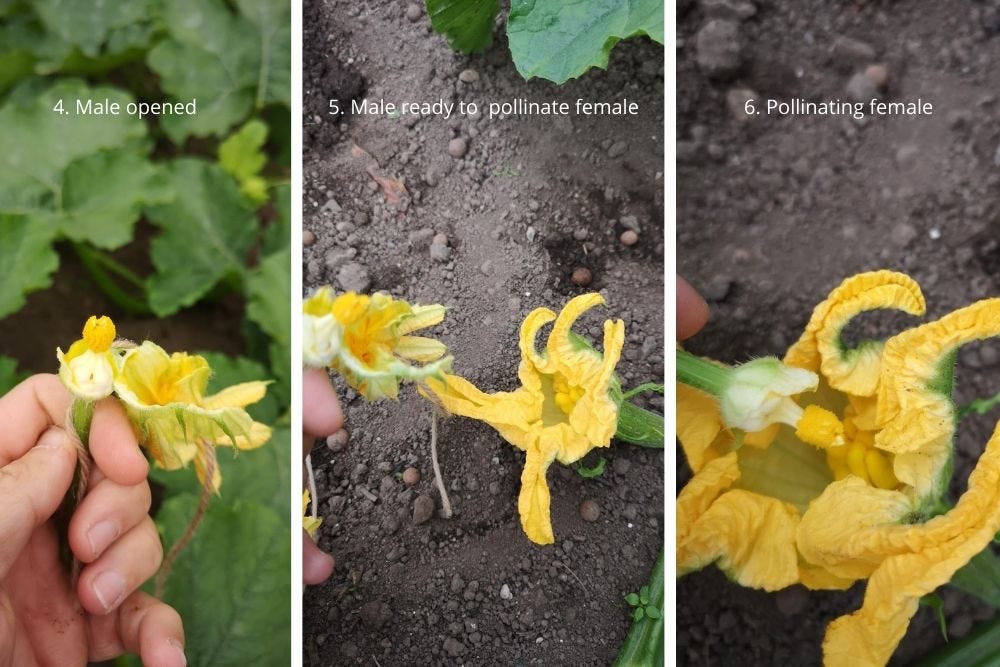
Giant Cucumbers
We recently planted out the Giant Cucumbers into their final growing position. Here’s an example of the fruits from previous years. They are growing in the Go Gro hydroponic system and will be racing up the canes now for a pollination in mid-August. We’ll give an update on these in the August edition.

Images - credit @GiantVeg


 Free Delivery
Free Delivery White glove service
White glove service Payments
Payments